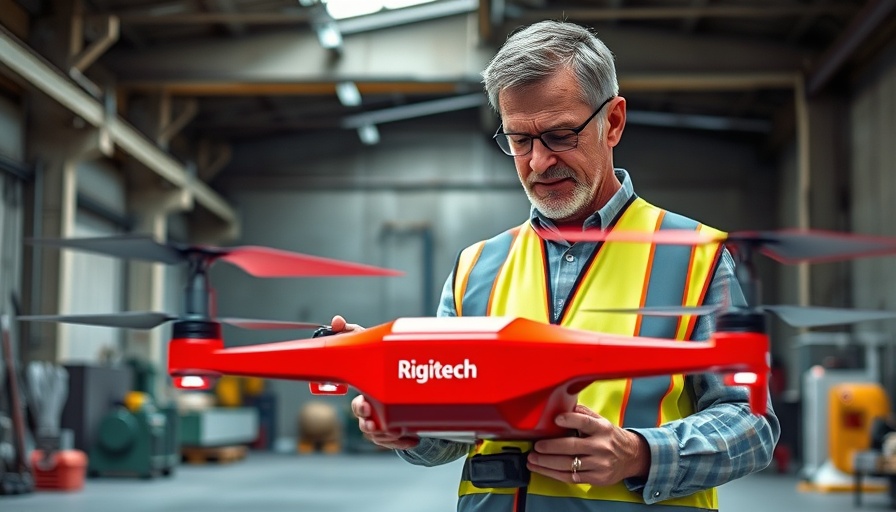
Pioneering Drone Deliveries for Healthcare in Belgium
In a significant leap forward for healthcare logistics in Europe, Unifly has successfully partnered with Skyports Drone Services to launch a groundbreaking drone delivery trial in Belgium. This initiative marks one of the first instances of drones transferring emergency medical supplies across international borders, demonstrating a transformative approach to medical logistics.
Revamping Medical Deliveries with Drones
The trial commenced on August 1, 2025, focusing on the transportation of critical medical items such as lab samples and vital medications between two hospital campuses of AZ Turnhout. Located in the Kempen region of northern Belgium, this semi-rural area faces logistical challenges due to the significant distances between healthcare facilities. Traditional road transport is often slow, taking upwards of 30 minutes, but the use of drones reduces delivery times to under 13 minutes, enabling swift access to essential care. This innovative solution has the potential to enhance coordination for time-sensitive treatments, including chemotherapy, significantly improving patient outcomes.
Real-Time Monitoring and Compliance
Unifly's Unmanned Traffic Management (UTM) solution is integral to the success of this project. It allows for real-time planning, monitoring, and approval of flights, ensuring that drones operate safely alongside conventional air traffic while adhering to European regulations. The local airspace is managed by SkeyDrone, a key player in providing airspace services in Belgium.
A Collaborative European Approach to Airspace Innovation
This endeavor is part of the BURDI initiative, a collaborative project funded by the European Union's SESAR Joint Undertaking aimed at testing the operational feasibility of drones within traditional aviation frameworks. The BURDI project underscores how multi-national collaboration, utilizing shared digital systems, can facilitate the safe movement of drones across borders. Features such as automated flight authorizations and live tracking are crucial components that enhance regulatory compliance and operational efficiency.
The Future of Drone Deliveries in Healthcare
Andres Van Swalm, CEO of Unifly, emphasized the significance of this trial, stating, “By safely connecting hospitals through the air, we’re opening the door to faster, more responsive healthcare.” This project is not just a proof-of-concept; it signifies the onset of a new milestone in medical logistics, paving the way for more efficient and accessible healthcare solutions.
Implications for Future Healthcare Innovations
The success of drone medical deliveries could herald an era where urgent healthcare needs are met with unprecedented speed and reliability. As logistics and technology converge, much like this groundbreaking Belgian project, it opens avenues for further innovations, potentially revolutionizing how we think about emergency response and healthcare distribution in rural and underserved areas.
The transformative potential of drones in medical logistics is becoming increasingly clear, as demonstrated by this pioneering initiative. As healthcare continues to evolve, keeping pace with these advancements could drastically improve service delivery, enhancing patient care at critical junctures.
To stay updated on emerging opportunities in drone technology, explore how these advancements can impact various sectors, from healthcare to logistics, and learn how your involvement can make a difference.
 Add Row
Add Row  Add
Add 




Write A Comment